Published in Places Journal, February 2024
Earlier this year Places Journal published a thought-provoking essay by Shannon Mattern that examines the form, content, purpose and effect of the repair manual in its many manifestations over time.
I’ve added it to this website’s Scholarship and Research page, but am compelled to say a bit more than I usually do. So here goes, a demi-synopsis / semi-review, my first step into the blogosphere.
Mattern highlights the extent to which repair manuals articulate pre-existent perspectives, values and objectives, which both enable users, and deliminate their thoughts and actions. Manuals “shape our relationships with our stuff and the systems that surround them.” Examining them “teach[es] us…about the cultural contexts and intellectual frameworks that surround them. Manuals raise questions about how we know ourselves and our world, and how we might explore and exploit, express and amend these terrains.”
She offers a rich discussion of the evolution of the authorized repair manual, its media of delivery, purpose, role in communities, and relationship with somatic knowledge. Complementing this is a review of work by “authors, artists and activists who have expanded the genre”, “calling attention to the techno-social systems that underlie our gadgets and appliances” and disrupting them. Implicit is this review is an exploration of what the word “repair” means.
The essay’s last section again highlights the relationship between norms for repair and cultural context as she turns to exploring repair and abolition, and engages with “impairment theory”, raising yet more questions about the very meaning of the word “repair”.
Mattern’s essay could be taken to be a repair manual itself — a guide from an authority for examining and understanding the components, functioning and malfunctioning of something that’s not working (e.g., the current dominant socio-economic and political structure, for many), and to intervening to render it into something different, consistent with the values of the culture that authority speaks from (e.g., abolition).
With a clear purpose in mind from the beginning, the essay leads the reader to its conclusion: “Even a modest manual has the potential to bring big political, epistemological, and ontological questions close to hand — and to put the potential for repair and abolition into readers’ hands, prompting their first steps toward more ambitious, concerted action.”
Complement this essay with a favorite, also published in Places Journal, “Maintenance and Care”. Appropriately entitled, the rich vein running through the essay concerns care: “We care for things not because they produce value, but because the already have value.” I’ll save reflections on this engaging essay for another day, and will close with her closing:
“If we wish to better support the critical work performed by the world’s maintainers, we much recognize that maintenance encompasses a world of standards, tools, practices, and wisdom. Sometimes it deploys machine learning; other times, a mop.”
A final note: Shannon Mattern writes with all the rigor of deep scholarship and robust conceptualization, but in accessible English and in intimate relationship with life as recognizable by your average, everyday person (i.e., non-academics). These are the marks of a scholar who has enriched her material through drawing from the full breadth of the human experience and mastered her subject matter, and who therefore has a meaningful impact on the world well beyond academia.
